Sichuan cuisine – the soul of Sichuan
15 April 2019
Expressing an interest in the local cuisine over a work dinner or official banquet always goes down well with your hosts in China. Whether in Chengdu or Chongqing, local officials or business partners will be delighted by your interest, as they have enormous pride in Sichuan’s bold and diverse food culture. Discussing food is a highly effective way of building rapport. Listening to my hosts’ explanations, asking questions and adding my perspectives on the rich multicultural cuisines in Australia can be more than just small talk. I find that through its food, I can catch a glimpse of the soul of Sichuan. Just as important, you’ll find out what you’re eating!
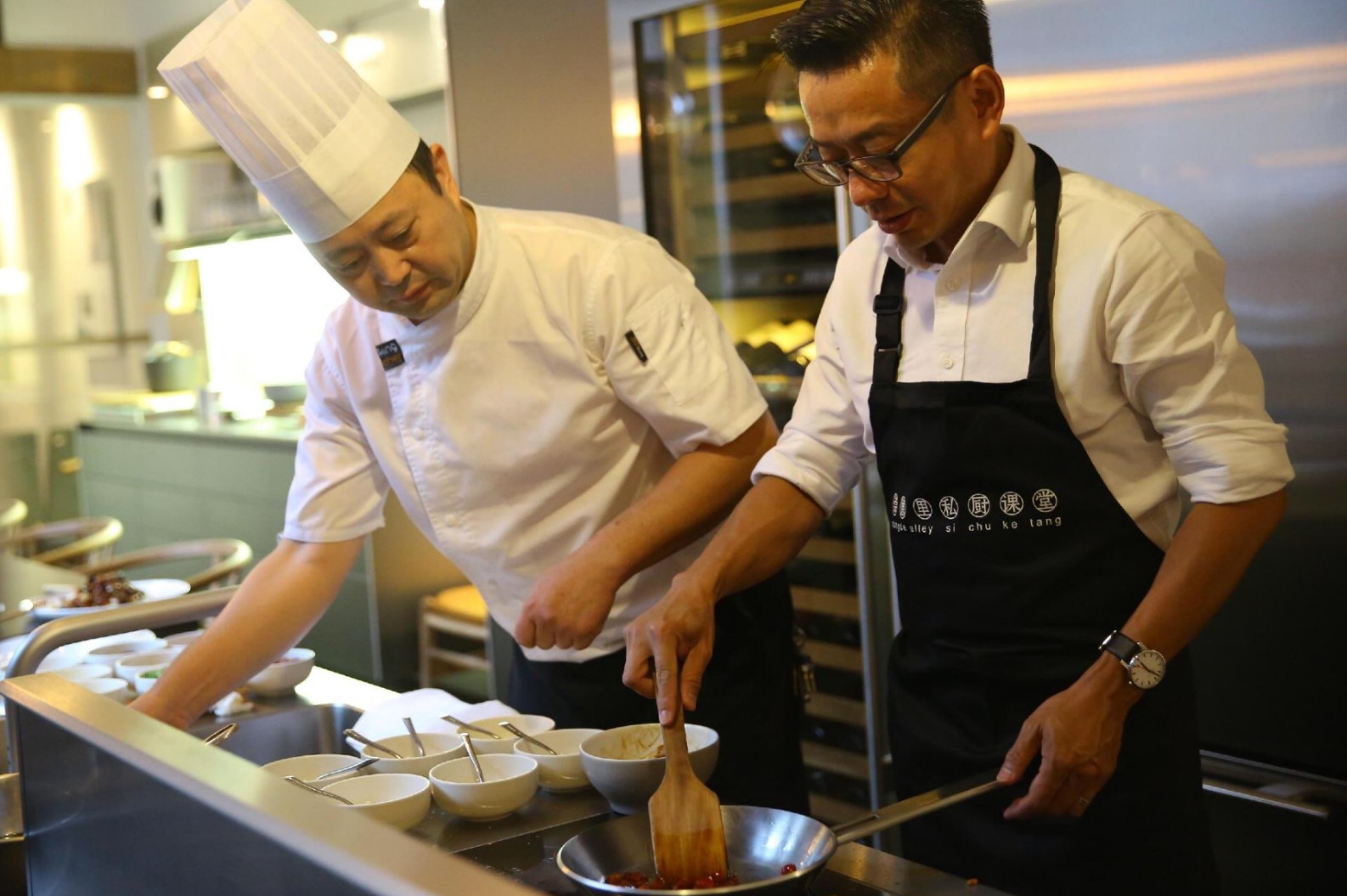
Learning how to cook Sichuan cuisine. Credit: DFAT
It is tempting to only associate Sichuan cuisine with its eponymous pepper, which is actually not a peppercorn, but a type of spice associated with the citrus family. It has an intense fragrant, lemony flavour and produces a "tingly-numbing" (麻 ma) sensation in the mouth. In itself, Sichuan pepper isn’t spicy (辣 la), but together with chillies, the signature “numbing spicy” (mala) flavour of Sichuan cuisine comes alive.
But Sichuan food is much more than just numbing spiciness. In fact, the cuisine is diverse, complex, intriguing and steeped in history and culture. You’ll recall from a previous post (here) that the concept of 百菜百味 baicai baiwei (literally, 100 dishes, 100 flavours) represents the enormous diversity of Sichuan cooking, with mala being but one variety.
… with a fine Australian drop
As promoting Australian wines is part of my job, I’ve learnt from distinguished Australian winemakers the art of pairing wines with Sichuan food. Just as there is great variety in the local cuisine, so too are there many combinations of Australian wines and beers that go well with it. Hence, at many dinners, I try to work out which Australian wines best complement and heighten the pleasure of food and wine at the Sichuan table.
Presently, red wines are the preferred choice by the vast majority of Chinese consumers over whites. With this in mind, I tend to choose from a range of reds to pair with the particular local dishes at the table. Shiraz is a favourite in southwest China, so normally doesn’t need any introduction. To provide a new experience and introduce guests to Australia’s rich variety of wines, I often serve lighter reds such as Pinot Noir or Grenache.

Impress your guests with the perfect wine pairing. Credit: DFAT
Whenever I have local guests for dinner, I would kick off with Australian white wines before proceeding to reds. I find Chardonnays and Sauvignon Blanc to be good complements to Sichuan’s lighter or non-spicy dishes at the start of meals. For more casual nights out at hotpot or barbeque restaurants, Australian beer works particularly well.
Here are a few popular dishes that you’ll definitely encounter when you visit Sichuan or Chongqing.
Kung Pao Chicken (宫保鸡丁 Gongbao jiding)
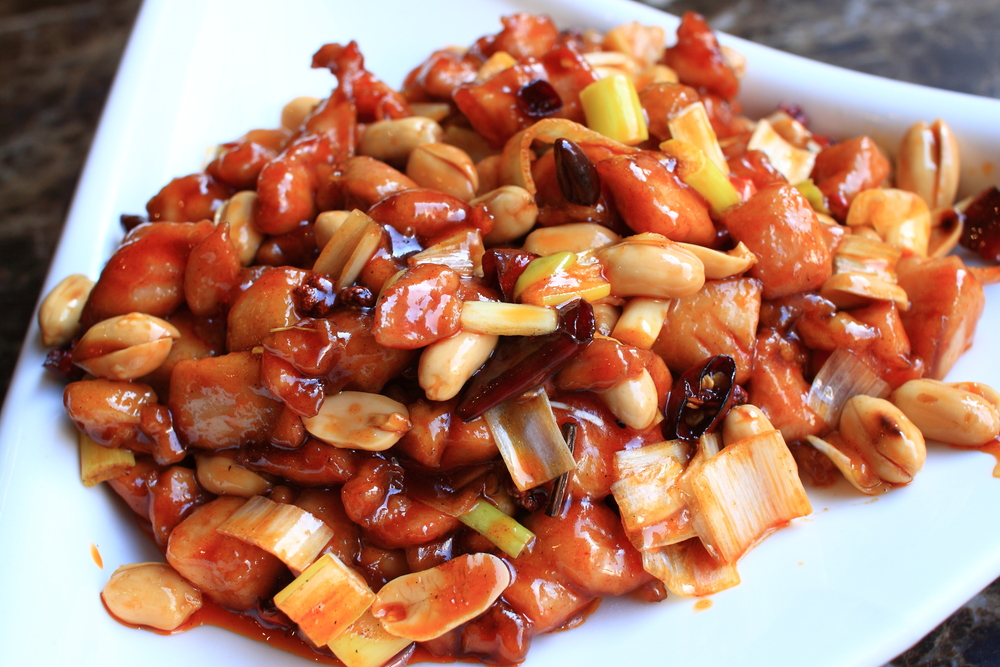
Kung Pao Chicken (宫保鸡丁 Gongbao jiding) is a favourite in Australia and Sichuan. Credit: Shutterstock
This is by far the most well-known dish in Australia to have its origins in Sichuan. In my younger days, I was introduced to Kung Pao Chicken in Melbourne’s local Chinese restaurants run by Cantonese chefs. As a result, the version I knew was more of a Cantonese-Australian fusion. The Sichuan version is a bold and colourful dish of diced chicken, peanuts and leeks, with a characteristic sweet-sour-spicy taste that results from the blend of Sichuan pepper, chillies, ginger and vinegar.
Why is it called Kung Pao? It’s actually named after Ding Baozhen (1820–1886), a former governor of Sichuan during the Qing Dynasty. His honorary title was Gongbao (literally Palace Guardian), hence he was known as Ding Gongbao. Some claim he invented Kung Pao chicken, although others say he was associated with it because it was his favourite dish.
Mapo Beancurd (麻婆豆腐 Mapo doufu)
This equally well-known Sichuan favourite started out as a humble dish for ordinary folk – silky beancurd with minced pork in a fiery combination of chillies and Sichuan pepper. Its name Mapo doufu literally means ‘pock-marked Grandma Chen’s Beancurd’.
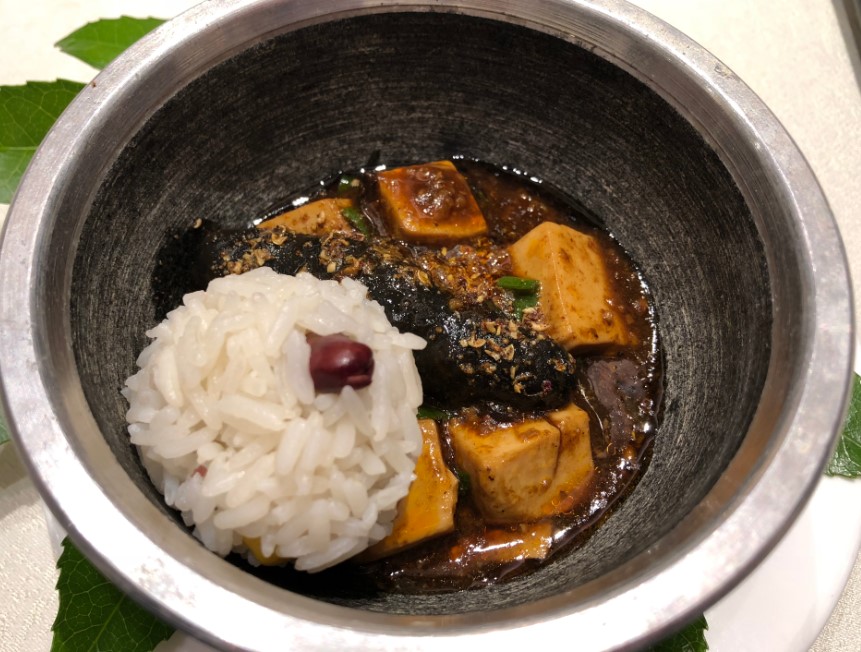
Like most Sichuanese cuisine, Mapo Beancurd (麻婆豆腐 Mapo doufu) is typically eaten with rice. Credit: DFAT
A veteran master chef in Chengdu told me that in the 1860s, a man called Chen Xingsheng and his wife set up a small restaurant at a busy market place at Wanfuqiao Bridge (万福桥), Chengdu’s gateway to the north. The restaurant offered quick simple dishes for labourers and porters, who often had the job of carrying barrels of cooking oil to Chengdu on bamboo poles.
These workers bought beancurd and meat from nearby vendors, and asked the Chens to cook it for them, using the oil from their barrels. From early times until the 1970s, it was commonplace for restaurants in Chengdu to allow customers to bring their own ingredients, which the restaurants would cook for a fee. Many workers found the beancurd and minced pork dish quick and delicious, so it became very popular. As Chen’s wife had scars on her face, locals started to call her Chen Mapo (陈麻婆 pockmarked Grandma Chen), so the dish became known as Mapo doufu.
Fish-fragrant Eggplant (鱼香茄子 Yuxiang qiezi)
This odd sounding dish has no fish in it and is actually vegetarian. “Fish-fragrant flavour” (鱼香 Yuxiang) is a much celebrated Sichuan invention based on the seasonings used in traditional fish cookery. Renowned food writer Fuchsia Dunlop told me that this technique expresses the complex layering of flavours that is the signature of Sichuan cooking. It combines salty, sweet, sour and spicy notes, with the intense aroma of garlic, ginger and spring onions – core elements of Sichuan cuisine.
The fascination for me about this flavour is that it was inspired by those who wanted to recall the taste of fish, as interpreted by people who lived more than 1000 km away from the coast, meaning fish wasn’t the main source of protein.
While Fish-fragrant Eggplant is my personal favourite, it might be easier to appreciate this particular flavour in a meat dish such as fish-fragrant pork strips (鱼香肉丝 yuxiang ruosi).
Twice-cooked Pork (回锅肉 Huiguo ruo)
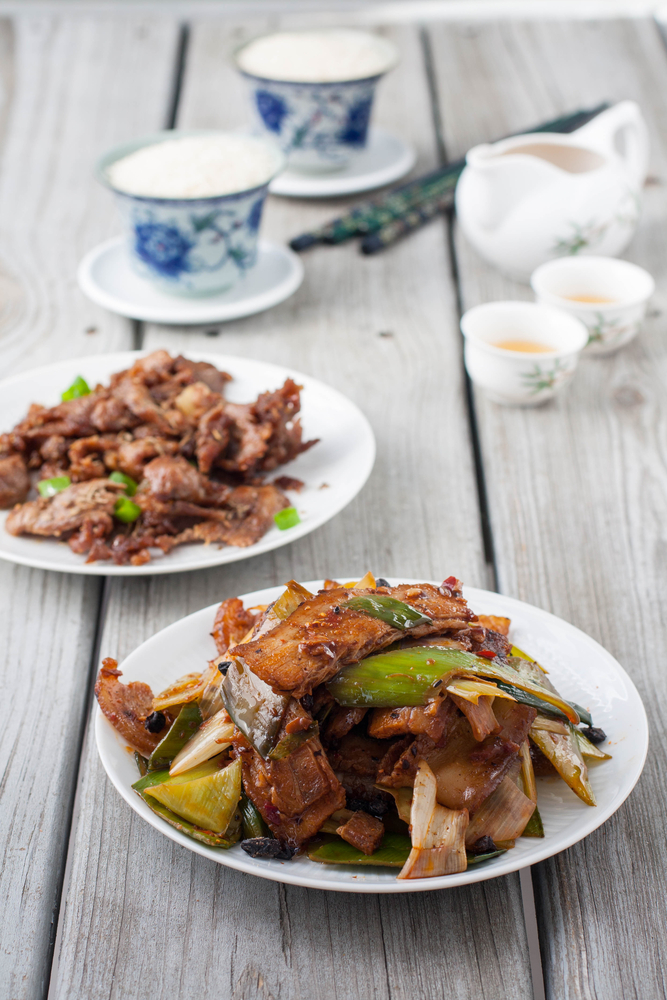 Literally meaning "back-in-the-pot meat”, this dish is pork belly that has been cooked twice – first by blanching, then sliced and stir-fried with ingredients commonly found in Sichuan homes – doubanjiang (豆瓣酱 broad bean paste), fermented black soy beans (豆豉 douchi), ginger and garlic. This is a humble dish that epitomises the hearty tastes of Sichuan home-style cooking – easy to cook, salty, savoury and goes well with rice (pictured right).
Literally meaning "back-in-the-pot meat”, this dish is pork belly that has been cooked twice – first by blanching, then sliced and stir-fried with ingredients commonly found in Sichuan homes – doubanjiang (豆瓣酱 broad bean paste), fermented black soy beans (豆豉 douchi), ginger and garlic. This is a humble dish that epitomises the hearty tastes of Sichuan home-style cooking – easy to cook, salty, savoury and goes well with rice (pictured right).
Food experts say this is probably one of the oldest dishes going back as far as the Qin Dynasty over 2000 years ago. Families used boiled pork as offerings in traditional ancestor worship rituals, and then afterwards, to ensure the pork wasn’t wasted, cooked it again to be enjoyed by everyone. But such a practice wasn’t without controversy in ancient China. For a long time, it had been considered an affront to consume offerings meant for one’s ancestors. However, over the past few centuries in Sichuan, the narrative changed to one of sharing food with ancestors, thus allowing offerings to be consumed by the living.
The history of twice-cooked pork also contains political intrigue. In the first half of the 20th century, it was eaten as part of rituals in Sichuan's secret societies. It still goes by the nickname "secret society meat" (袍哥肉 paoge rou) in some parts of western Sichuan.
Rabbit heads (兔头 Tutou)
For those who are a little more adventurous, rabbit heads are a true local delicacy in Chengdu. The skulls of rabbits are skinned, cleaned and cooked in a red-hot broth of chilli oil and spices for several hours. They are served cold but pack a punch. To eat, you put on disposable gloves and pick up the skull with both hands and gnaw on the cheeks. You then crack open the skull by pulling the jaw apart, and nibble on other fleshy bits including the eyes, tongue and brain. This is normally eaten as street food at night, and often washed down with beer. If you do this with local business partners in Chengdu, you’ll be sure to build instant rapport!
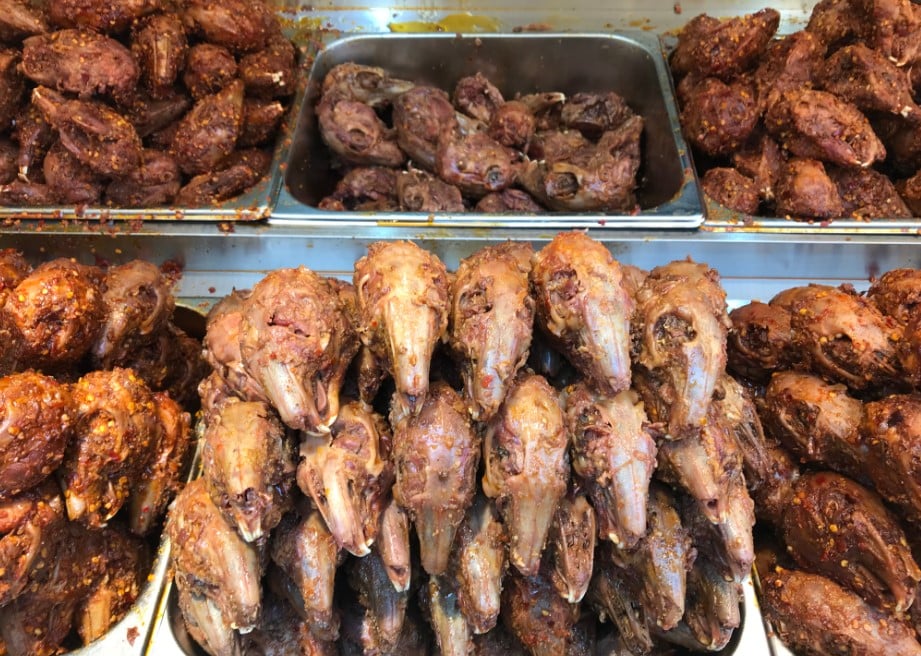
Consider snacking on rabbit head during your next trip to Sichuan. Credit: DFAT
The consumption of rabbit head is unique to Sichuan. The province alone consumes 300 million rabbits a year, making Sichuan people the most voracious eaters of rabbits in China and the world. Two out of three rabbit heads consumed in China are eaten in Sichuan. Demand for rabbit meat is so high that one company has begun importing rabbits from France. Perhaps there’s an opportunity for Australia?
Soul food
But whether it’s rabbit heads or Kung Pao Chicken, Sichuan’s famed delicacies are intimately intertwined with its rich history, culture and customs. It is for this reason that locals are rightly proud of Sichuan cuisine in all of its diversity.
Having a working knowledge of Sichuanese food therefore not only helps build rapport with your local friends and contacts, it is also a crucial element in developing a deeper understanding of Sichuan itself; indeed, in being able to glimpse the soul of this fascinating region.
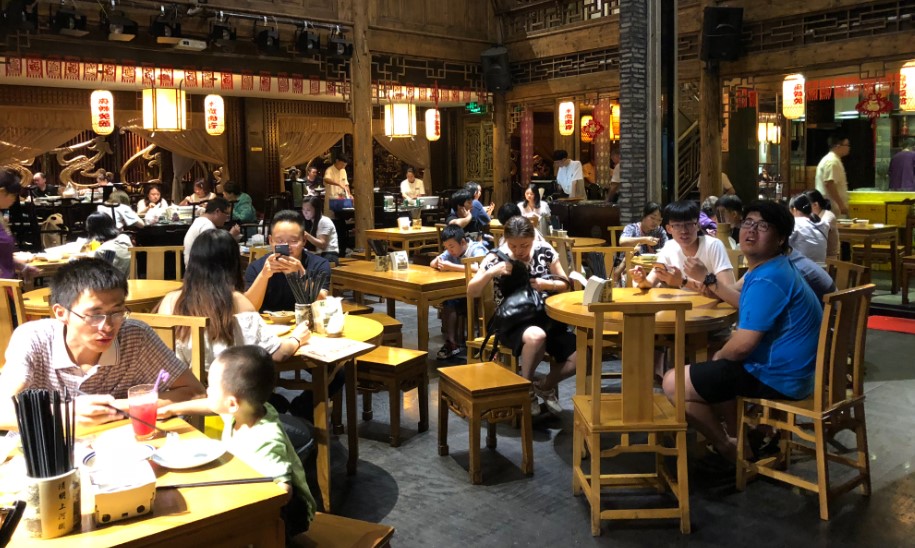
A typical Sichuan restaurant. Credit: DFAT
Click here to return to Australian Consul-General's Blog on Southwest China
